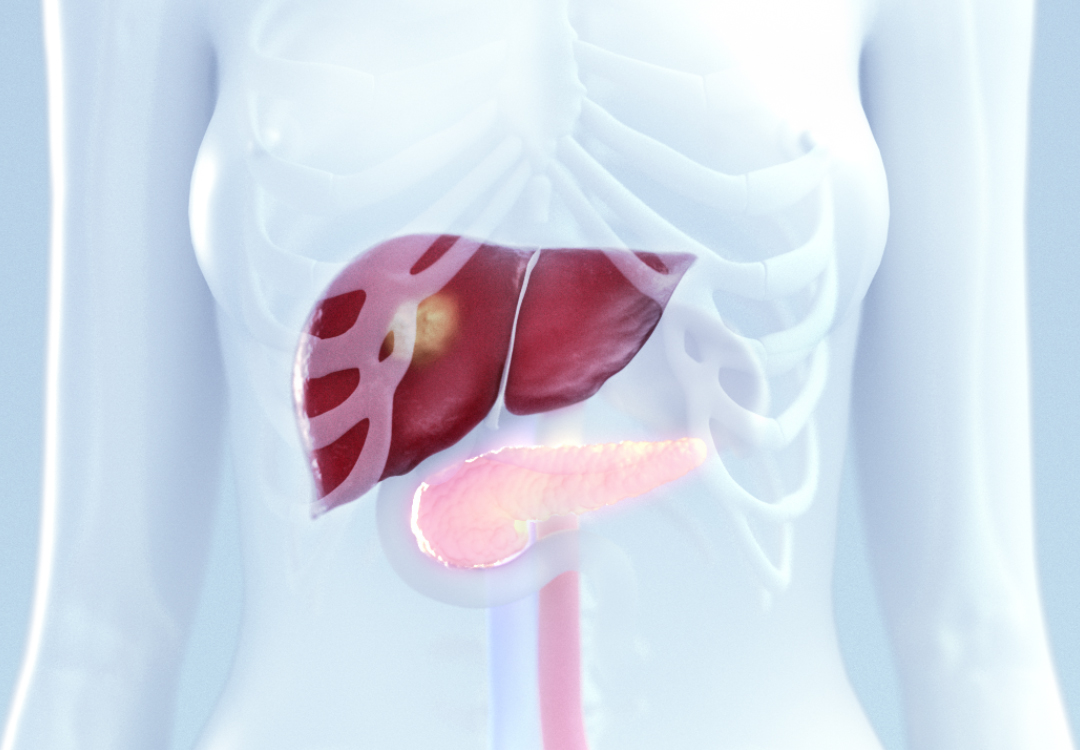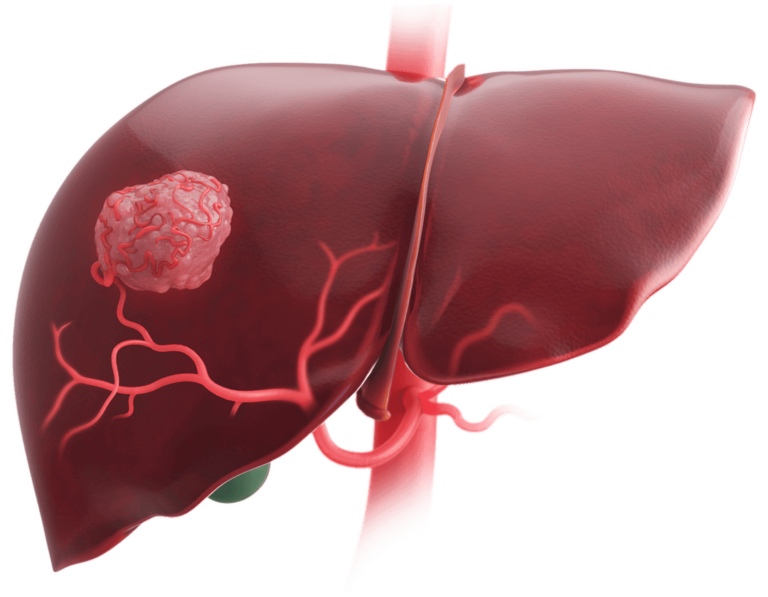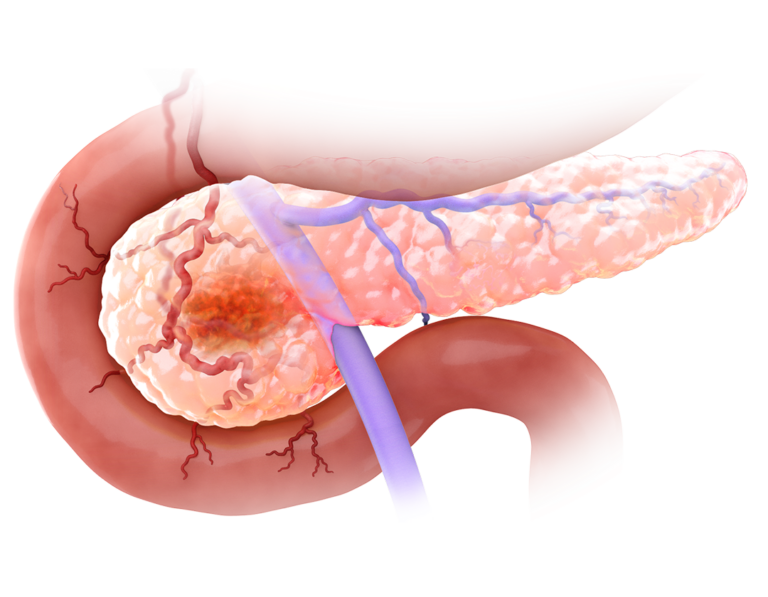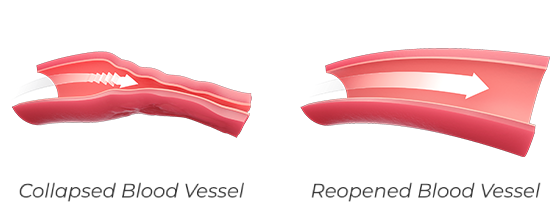Despite progress in cancer treatment, tumors in the liver and pancreas remain challenging to treat and patients have extremely poor outcomes.1,2 Few patients with liver or pancreatic cancers benefit from immunotherapy drugs such as checkpoint inhibitors and CAR-T therapies.3–7
While multiple factors play a role in immunotherapy resistance, a clear understanding of the biological and physical barriers to therapy efficacy in liver and pancreatic cancers is paramount to developing effective solutions.

Immunosuppressive mechanisms in the liver (which are amplified in the TME) and intratumoral pressure are two important barriers to the treatment of tumors in the liver.8–13

Pancreatic ductal adenocarcinomas (PDAC) have a highly fibrotic TME and high immunosuppressive cell infiltration, limiting the efficacy of immunotherapy.14,15

Immunosuppression within liver and pancreatic tumors allows cancer cells to grow and multiply. Our investigational immunotherapeutic is designed to reactivate the immune system within the TME.
Tumor growth leads to increased pressure within the tumor and causes blood vessels in the surrounding area to collapse.10,21–23 We believe we can optimize intravascular therapeutic delivery by modulating pressure and flow to enhance local drug concentrations.


Immunosuppression within liver and pancreatic tumors allows cancer cells to grow and multiply. Our investigational immunotherapeutic is designed to reactivate the immune system within the TME.

Tumor growth leads to increased pressure within the tumor and causes blood vessels in the surrounding area to collapse.10,21–23 We believe we can optimize intravascular therapeutic delivery by modulating pressure and flow to enhance local drug concentrations.

We encourage you to read and evaluate terms of use, privacy, security and other similar policies of the destination site as they may differ from TriSalus’ standards.
TriSalus assumes no responsibility nor does it control, endorse or guarantee any aspect of your use of any third party sites. Additionally, the presence of this link does not imply the third party site’s endorsement of TriSalus or this website.
Thank you for visiting our site.